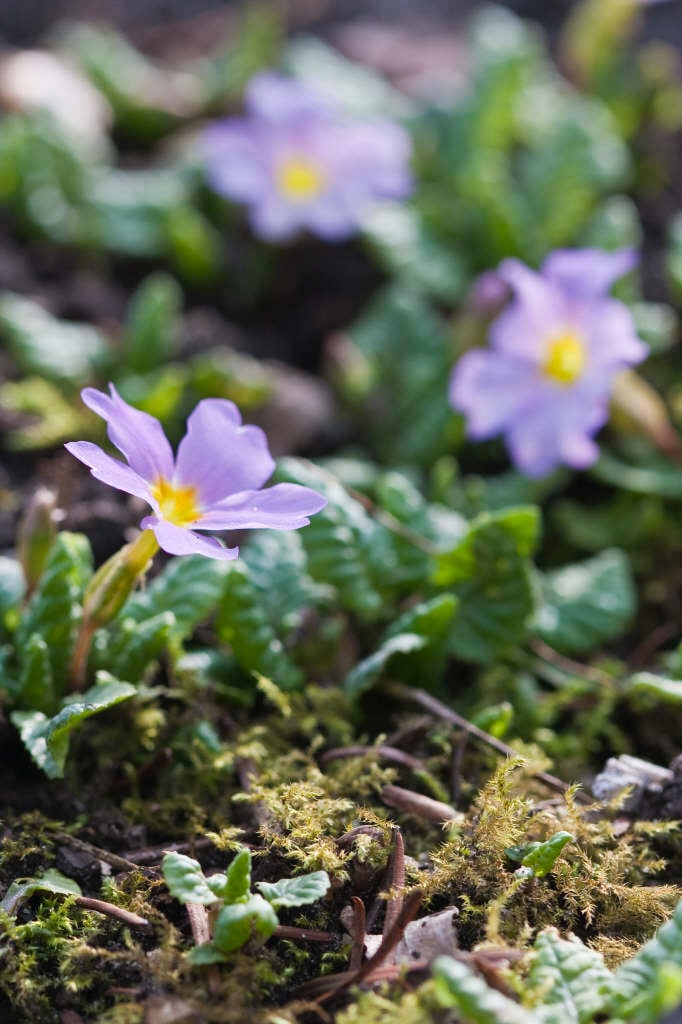Primula vulgaris subsp. sibthorpii (Pr/Prim)

Sibthorp primrose
A semi-evergreen rosette-forming perennial about 15-20cm tall, with wedge-shaped bright green leaves, and clusters of long-stalked rose-pink, red purple or white flowers 2-3cm wide in early spring

Buy this plant
Size
Ultimate height
0.1–0.5 metresTime to ultimate height
2–5 yearsUltimate spread
0–0.1 metreGrowing conditions
Moisture
Moist but well–drained, Poorly–drainedpH
Acid, Alkaline, NeutralColour & scent
| Stem | Flower | Foliage | Fruit | |
| Spring | Pink | Green | ||
|---|---|---|---|---|
| Summer | Green | |||
| Autumn | Green | |||
| Winter | Green |
Position
- Full sun
- Partial shade
Aspect
South–facing or North–facing or West–facing or East–facing
Exposure
Exposed or Sheltered Hardiness
H5Botanical details
- Family
- Primulaceae
- Native to GB / Ireland
- No
- Foliage
- Deciduous or Semi evergreen
- Habit
- Clump forming
- Genus
Primula are herbaceous or semi-evergreen perennials, forming a basal rosette of simple leaves, with salver-shaped or bell-shaped flowers which may be solitary or carried in an umbel or in whorls on an erect stem
- Name status
Correct
- Horticultural Group
- Primrose group primulas are mainly grown as herbaceous perennials, and produce clusters of flowers on individual stems from the basal rosettes, although a few may also have umbel-like flowers. They are either spring-flowering, if grown without protection, or winter- to spring-flowering, if grown as biennial container plants in greenhouses or indoors.
- Plant range
- E. Balkan Peninsula
How to grow
Cultivation
Best planted in dappled shade in humus-rich, moist neutral to acid soil. Tolerates full sun if soil remains moist at all times. See primula cultivation
Propagation
Propagate by seed; take root cuttings when dormant in winter. Divide between autumn and early spring
Suggested planting locations and garden types
- City and courtyard gardens
- Coastal
- Rock garden
- Cottage and informal garden
- Patio and container plants
- Wildflower meadow
- Wildlife gardens
- Flower borders and beds
- Garden edging
Pruning
No pruning required
Pests
Susceptible to leafhoppers, vine weevil, slugs and snails, caterpillars and aphids
Diseases
May be susceptible to primula brown core, grey moulds, primula leaf spot and a virus
Get involved
The Royal Horticultural Society is the UK’s leading gardening charity. We aim to enrich everyone’s life through plants, and make the UK a greener and more beautiful place.